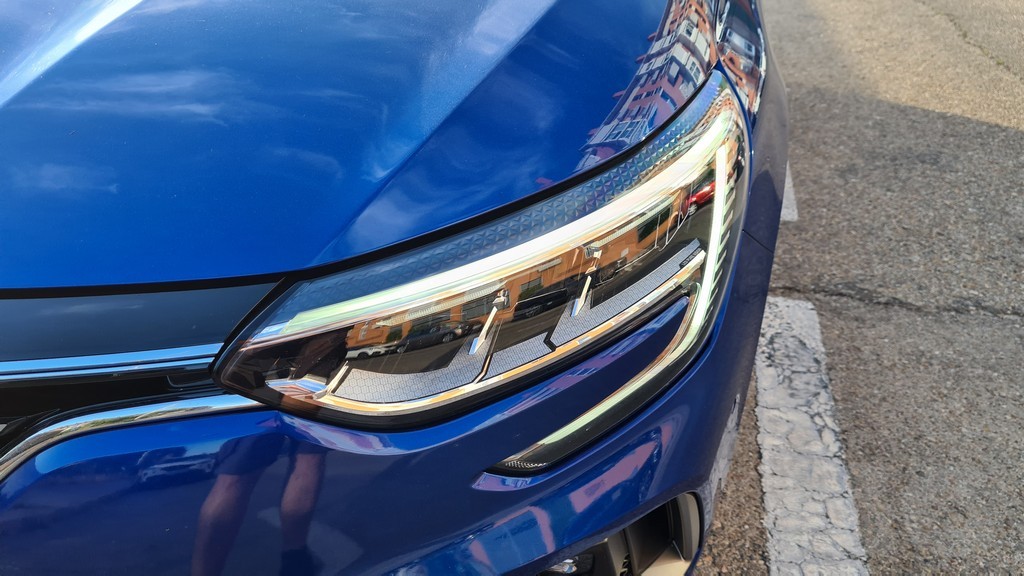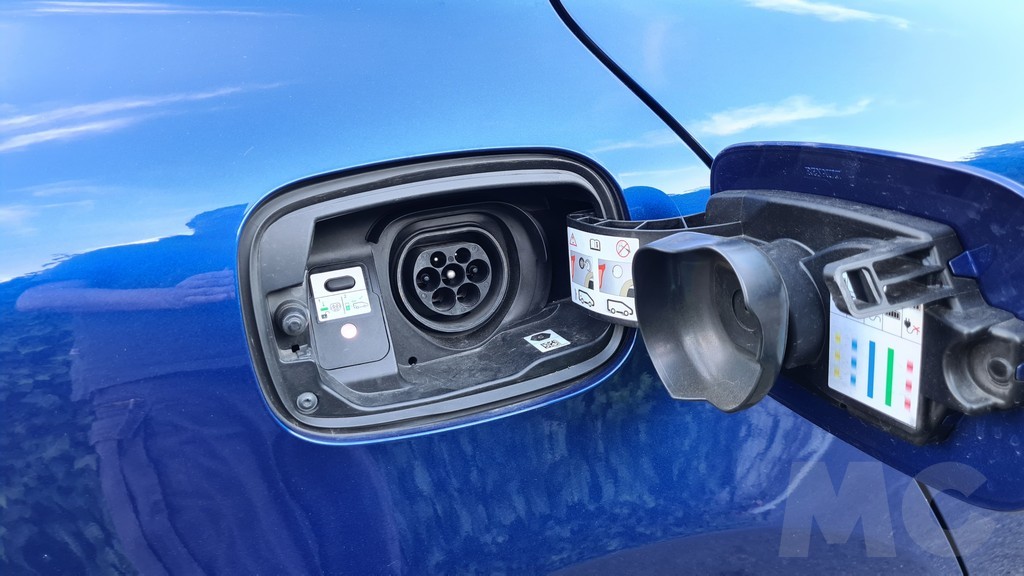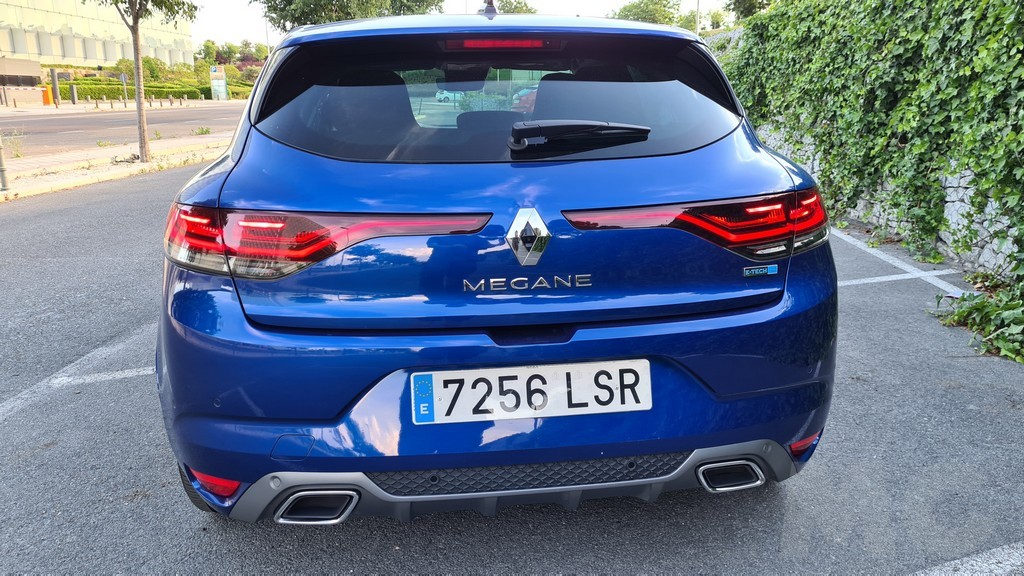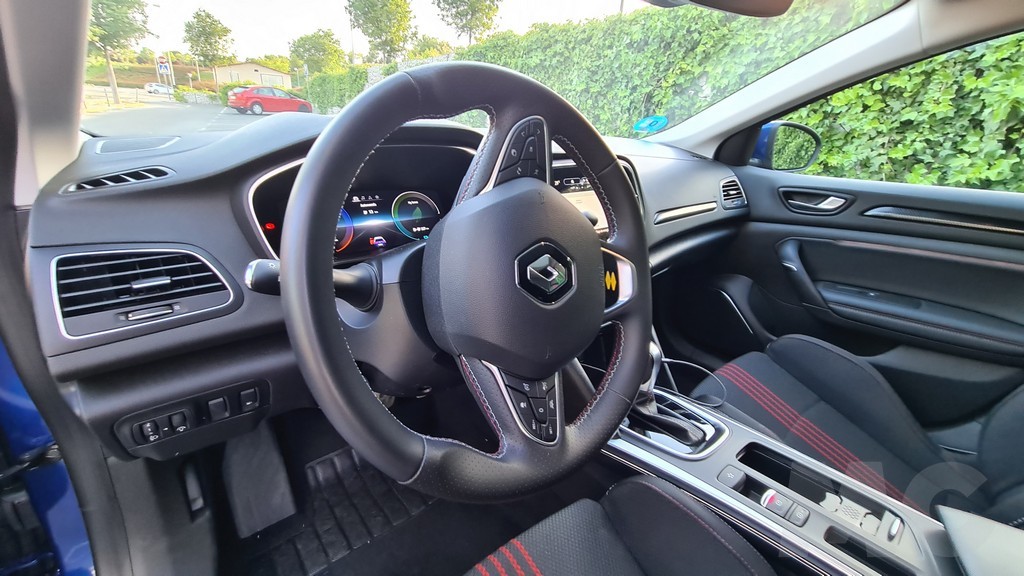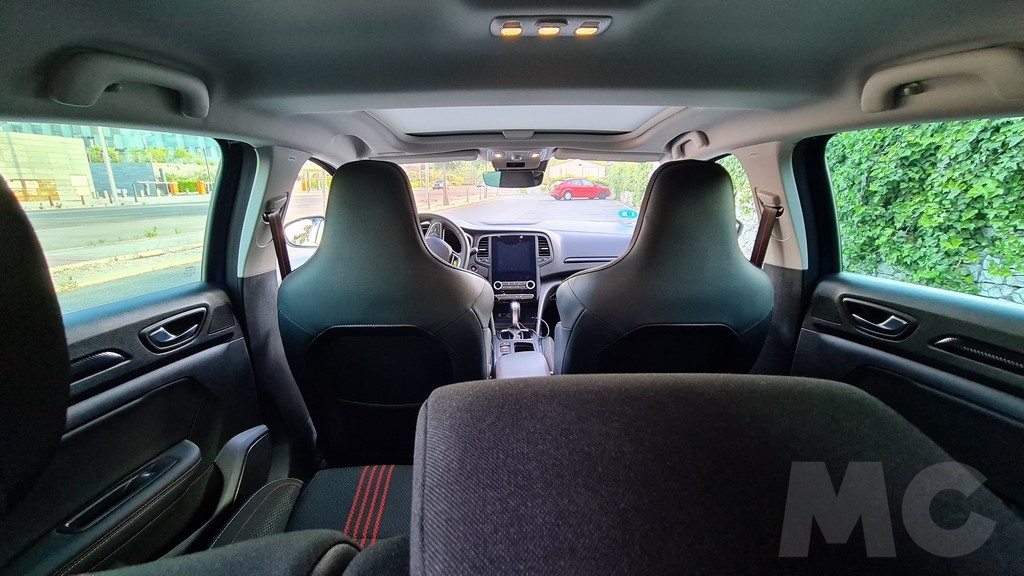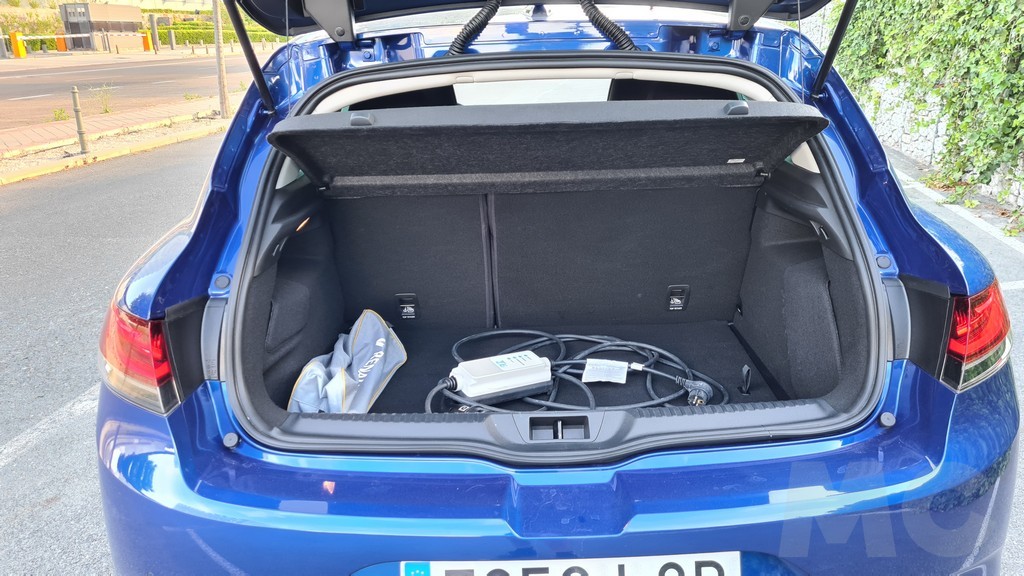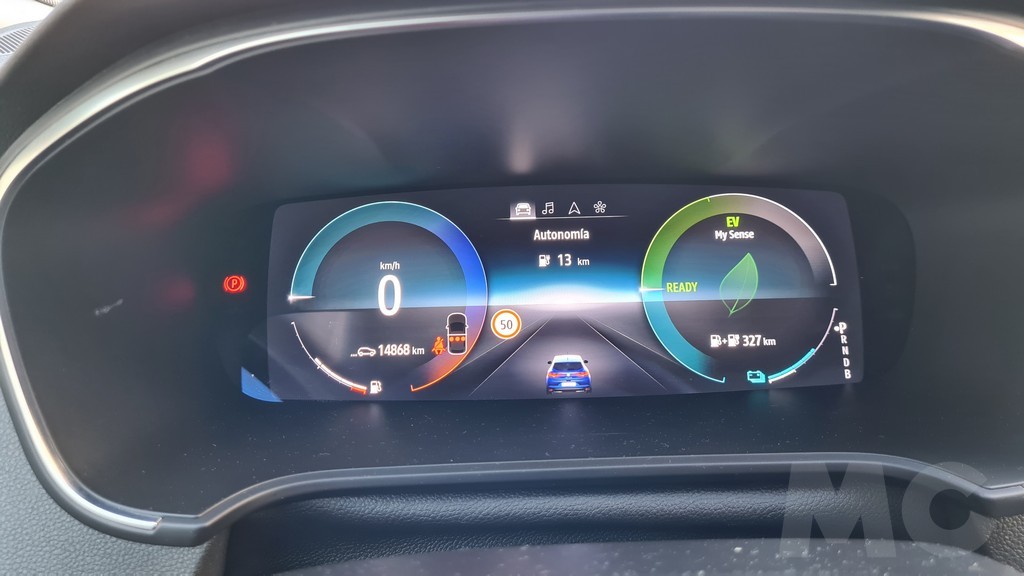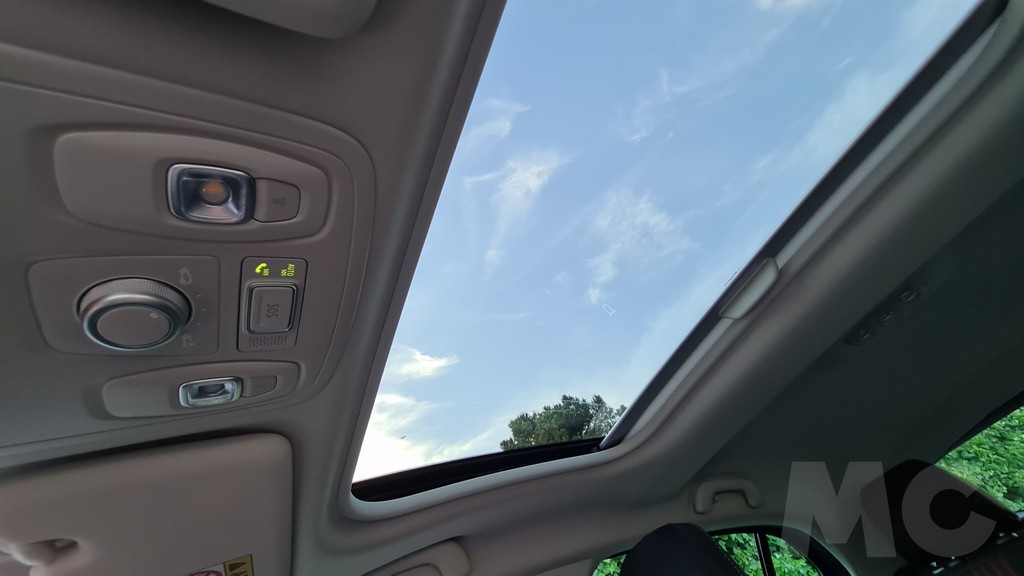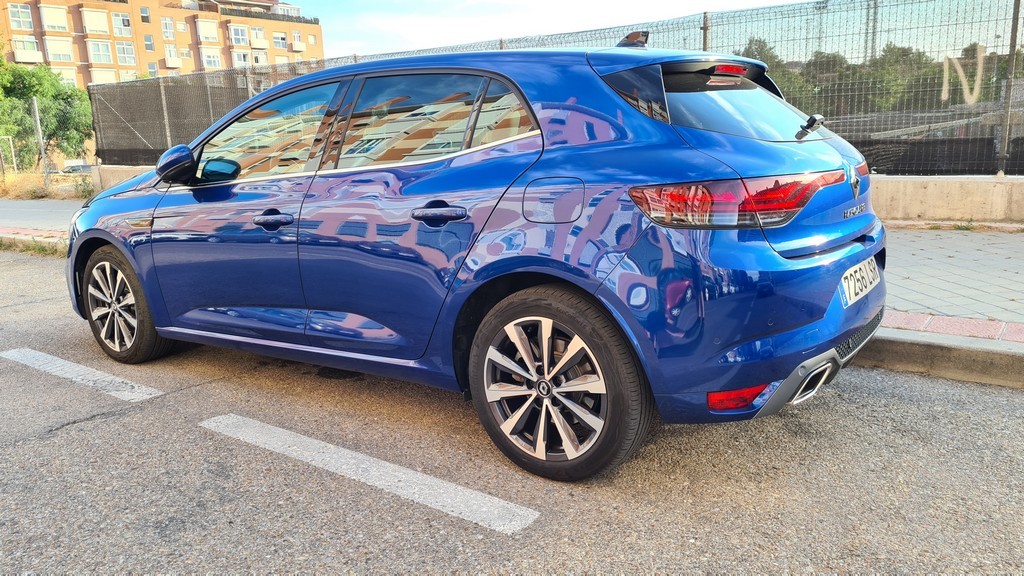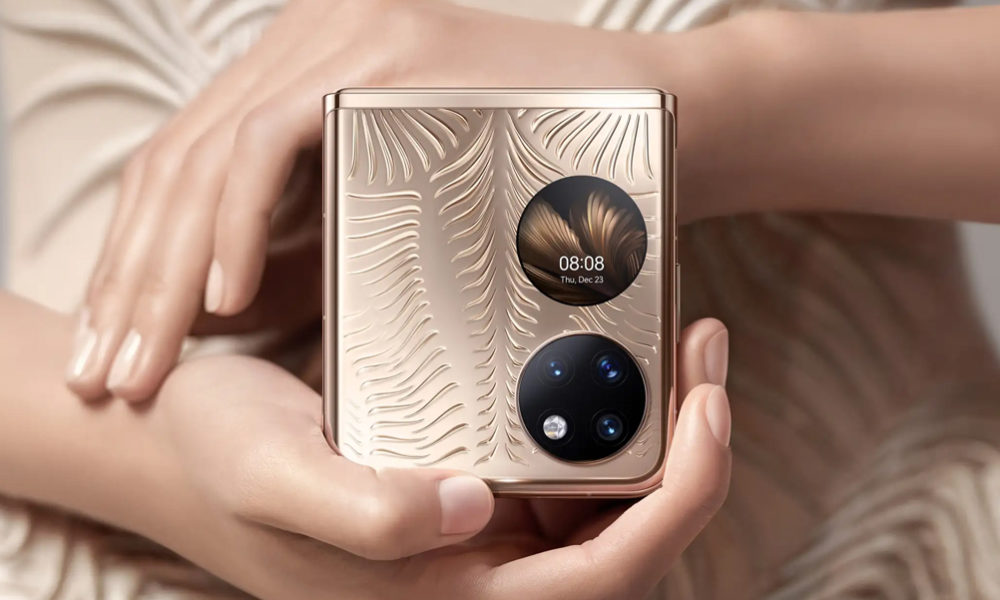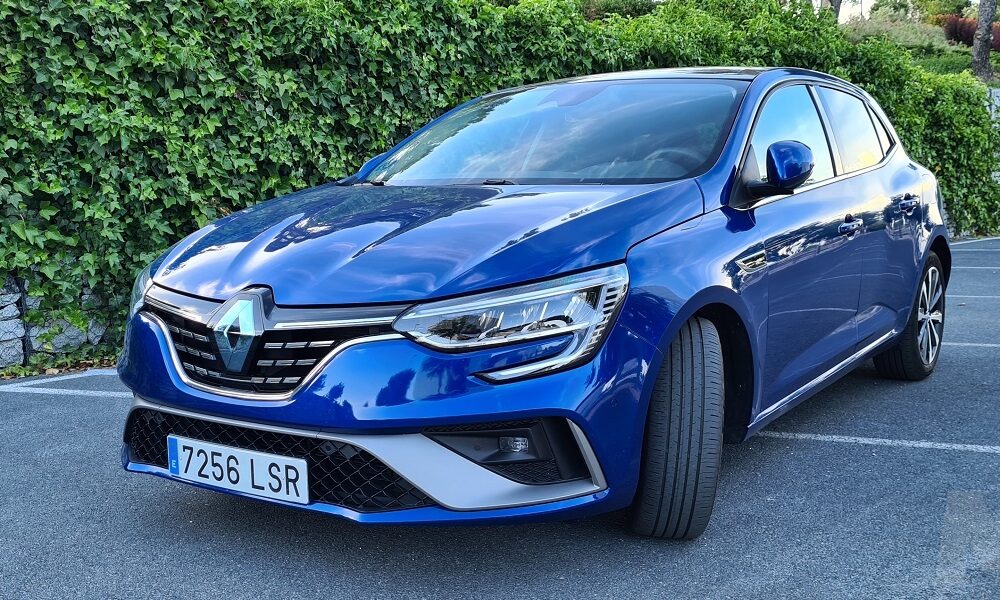
My friends call me Lenny, even though I don’t have any friends. Randall “Tex” Cobb (Arizona Baby, 1987)
An insistent tapping tells me unequivocally that my car has only a few kilometers to live. Engine temp is way above healthy for an old V6 but I can’t stop, not here. So I choose to ignore the problem and hope that the resistance of the motor exceeds the expectations of the red indicator that warns me of a «Motorschaden» that I do not know what it is but certainly nothing good. The windshield wipers work hard to remove the dust that accumulates on the glass with an agonizing and pitiful sound. I’d had to cover the air vents with Amazon cartons while covering my mouth with a tissue I’d found on the parking lot floor. Now he helps me cross the desert. A Wednesday desert, because it wasn’t there on Tuesday and today is Thursday and I don’t see the end of it. There is literally no horizon.
I don’t know what this powder is but I know it’s nothing good. Because people die when they breathe it. And the animals too. I remember the two dogs I ran into this morning. It seemed that they traveled together. Then one of them collapsed. The other tried to wake him up with a paw and then began howling. I can’t get that howling out of my head. I haven’t seen the road for hours, I guess it from the light poles, from the houses, from the cars that continue on the asphalt, an asphalt that I can’t see. Because the dust is everywhere. I don’t see the asphalt but I don’t see the sky or the sun either. I take a drink from the mineral water bottle. I figure I have three more drinks left. Few. But few… for what? Where I go? My idea was to head to the coast hoping to get away from the dust. That Wednesday fuck. Get on a ship and not look back. The car stops. It seems that he coughs, that he looks for air where there is none. More red lights on the dashboard. I try to start it but only get the lights to blink for a moment. There will be no boat, I’m afraid.
Plug-in hybrid mechanics are enjoying a popularity that perhaps not many expected (neither did I) largely due to the doubts that 100% electric drives still generate in this inexorable journey to the future of the automobile industry. We are seeing that this propulsion solution is being applied to vehicles of all sizes and varieties, giving more versatility and in most cases more power to models that initially did not enjoy it.
| Analyzed model | Renault Megane |
| engine and finish | RS Line E-TECH Plug-in Hybrid Saloon |
| Power | 160 hp |
| Maximum speed | 175km/h |
| Acceleration o-100 | 9.4s |
| Long wide high | 4359/1814/1447mm |
| Max Power RPM | 159 hp (91 hp petrol, 67 hp electric front, 34 hp electric rear) |
| Max torque Nm/RPM | 144Nm |
| Gearbox | Automatic |
| Web | https://www.renault.es/ |
| Price | 34,837 euros (before aid) |
However, perhaps where this solution still makes the most sense is in compact passenger cars, medium-sized vehicles that, due to their size and characteristics, can circulate with the same ease on roads or highways as well as in urban areas. This is where plug-in hybrid mechanics began to be applied and where they continue to be more successful, as is the case with one of Renault’s most popular models: the Megane.
PHEV transformation
This French model in its 2020 version has relatively recently received this mechanism that, as usual and we have already pointed out, has multiplied both its benefits and its versatility, in addition to giving it the long-awaited zero label of the DGT that provides many tax advantages. and economic as practical in certain cities. It is possible to acquire it in both saloon and family version or Sport Tourer. We have had the opportunity to try the first of them.
Although the update of the Megane is a long time ago, the appearance of the car is modern and current. The front has headlights made up of two elements joined with the upper part where the headlights are placed and a boomerang-shaped teardrop that descends below them. Both optical groups are joined by a stylized grille that widens in the center to make room for the unmistakable logo of the French brand.
Sport line
The bumper that protrudes from the bottom is occupied almost entirely by a second cooling grill under the first, which in this case is formed by a black honeycomb structure. On the sides of this air intake there are two holes also finished in black plastic where the position lights have been placed. A narrow fadon in body color finishes off this front end of the car. The shape of the front end together with the volumes of the bonnet give this front end a sporty look.
The Megane’s profile also has a dynamic look, with a black window trim that also extends into the car’s B-pillar and embossing on the lower body for added dynamism. The RS line finish that we have tested also equipped ten-spoke wheels grouped two by two that contribute to giving the car a sportier look. The finish of a very brief spoiler on the back completes the side.
At the rear you can see how the car widens from the waist, at the height of the beginning of the rear window where the bodywork also extends backwards. The rear light clusters are large and extend to the central part of the trunk where the brand’s shield is located. The tailgate divides said optical groups when it opens. In the lower part, a generous bumper in an elevated position is topped by a matt black piece that houses the two exhaust pipes.
neat interior
The interior of the Megane has that futuristic air that the designers of the French brand usually print, where the 10.2-inch screen stands out in a vertical position that is placed in the center of the dashboard. Unlike other brands, the screen is integrated into it and not “floating” in a piece that continues with the central tunnel in which the hole for the mobile, the gear lever, buttons for the handbrake and others are placed. functions and finally the armrest with storage compartment.
Below the screen, inside the same black piece that integrates it into the dashboard, we find the generously sized air conditioning controls that show the temperature set inside, so you don’t have to go to the screen to check it. Between the two controls (one for each area of the car) and below them we find a series of buttons that will allow us to access different functions of the car, including the one that allows selecting the different types of operation of the propulsion system, mainly electric and hybrid.
The seats have a sporty design, both for their appearance and for their enveloping shape both in the lower part and in the backrest. They are comfortable and well padded and have sufficient adjustments (electrical). Materials and finishes are well chosen but not of great quality. Rationality prevails over any concession to finishes with a luxurious appearance, although defects are not appreciated and in general the touch of the surfaces is pleasant. In the sports version, the steering wheel also has a special design.
In the back, the space is sufficient, although somewhat narrow in terms of the space available for the legs. In addition, the central square is somewhat more sacrificed than in other models because the bench is shorter and the armrest for the rear seats is placed on the backrest. On the other hand, there are many storage compartments and ventilation outlets for the rear seats and the design of the side seats with lateral support is interesting.
less trunk
As far as the trunk is concerned, this model has the same problem as others with similar mechanics. The presence of the battery makes it lose space compared to versions with traditional engines. So in this case we have 261 liters of capacity left, compared to the 384 of space that we can find in the trunks of the Renault Megane variants with engines other than the model we have tested.
With regard to the mechanics at Renault, they have opted for a different solution to the one we usually find in other plug-in hybrids. In the case of the plug-in hybrid Megane we find a 1.6-liter gasoline combustion engine that provides 91 horsepower, much less than what we usually find in similar models, and instead has two electric motors, one of 67 and another of 34 horses.
different modes
This engine configuration is combined with the different driving modes that we can select: Pure (100% electric), Sport (they push all the engines at the same time), MySense (hybrid mode) and finally MySense E-Save (hybrid mode but that predominantly runs the combustion engine if the battery is below 40% capacity). This makes the behavior of the car vary a lot, more than in other plug-in hybrid models that we have tested.
The pure electric mode is, of course, the ideal in the city. The power of the two engines is enough to get by in traffic, although with respect to models in which it has been chosen to incorporate more powerful electric motors, the acceleration is lower, although sufficient. In our tests in the city we have achieved autonomies that exceed 40 kilometers without much effort. A brand that is quite close to the approved figure of 51 kilometers of autonomy.
MySense mode is the one we will use on the road and in mixed operation. The car will run in electric mode until the battery runs out and then it will run like a classic hybrid. The system works smoothly and the internal combustion engine enters without too much noise thanks to the insulation. Only when we need to accelerate abruptly and when the revolutions rise will we notice the sound of the engine, although never too much. Nor in this mode the accelerations are lightning. The Mysense E-Save mode is identical, we will only notice a difference when the battery is discharged since at that time the combustion engine will work constantly.
sport fun
Sport mode is the most fun and dynamic as it constantly runs all three motors at the same time. Here we can talk about a significant acceleration, as long as we have a charged battery. The car moves with joy and becomes somewhat louder than with the more “leisure” modes of driving. Naturally this brilliance has a fairly high price in consumption, which goes up considerably, especially if we give ourselves certain joys with the accelerator.
The car has seemed very manageable in urban routes and well prepared for driving on the road. The suspensions are comfortable and suitable for long trips even on courses with not too smooth surfaces, but stiff enough to allow fast cornering. The weight of the car is sometimes noticeable, especially in recoveries and acceleration, but the power is sufficient, although the revolutions will rise more than with a higher power model (and therefore consumption).
Conclusions
Elk Megane is a model with a long tradition of success in the compact market, which with this plug-in hybrid model (and the new electric one in sight) is experiencing a new youth. The aesthetics remain current and the finishes and materials are suitable for the category of the car. It is a comfortable and comfortable model that however suffers from a reduction in the trunk that is common with these engines and that can be alleviated by choosing the family version.
As for the motorization, Renault has chosen a set with less power compared to its competitors, which makes it a powerful enough model to give a good response, but less brilliant than what the competition offers. This makes this Megane less sporty but more rational than other models and makes it perhaps a more sensible option if you are not looking for that combination of pure electric mode and sportiness.
ABSTRACT
The Renault Megane plug-in hybrid is a rational solution within compacts of this type, with good electric range but less sporty personality than other similar models.
infotainment system7.5
